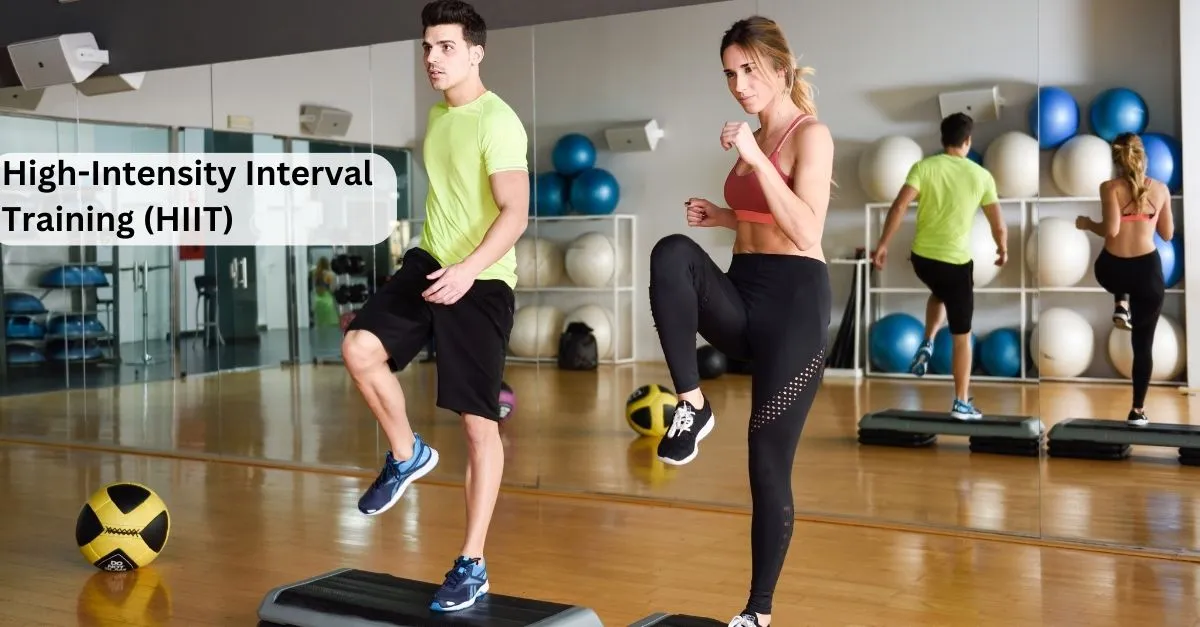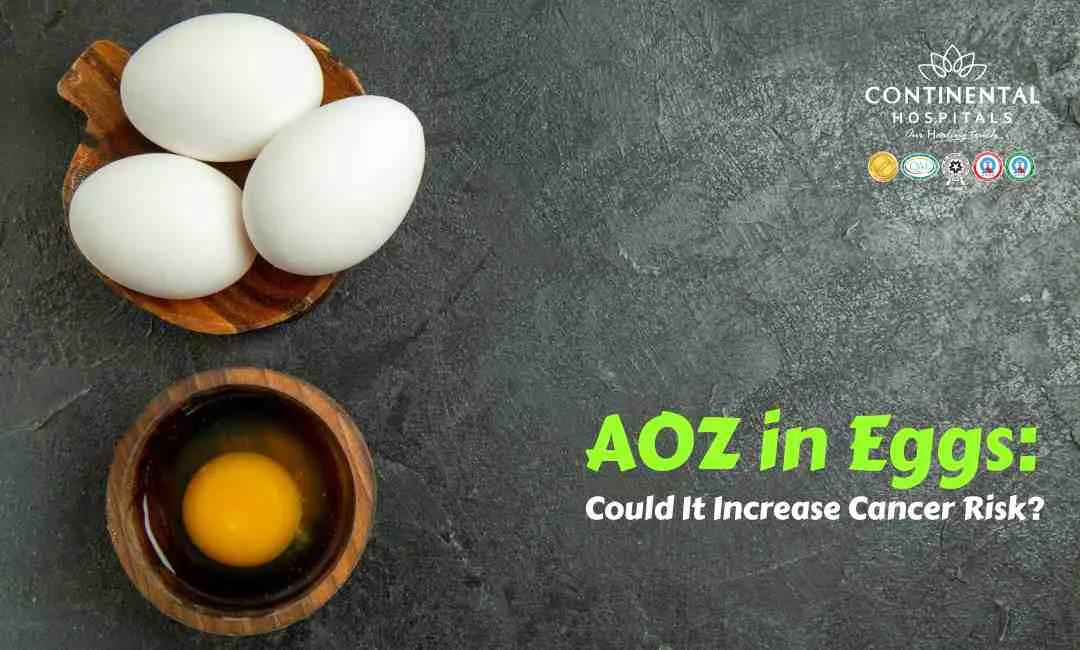High-Intensity Interval Training (HIIT) has gained immense popularity in the fitness industry due to its effectiveness and time efficiency. This form of exercise involves short bursts of intense activity followed by brief recovery periods. HIIT has been a topic of interest for those looking to maximize their workout results in a limited amount of time.
HIIT workouts have been proven to be highly effective in improving cardiovascular fitness, burning calories, and increasing metabolic rate. By pushing the body to its limits during the intense intervals, HIIT stimulates both aerobic and anaerobic systems, resulting in improved endurance and overall fitness levels.
One of the key benefits of High-Intensity Interval Training is its ability to produce significant results in a shorter period compared to traditional steady-state cardio exercises. Research has shown that even just 15-20 minutes of HIIT can provide similar or even greater benefits compared to longer-duration workouts.
Moreover, High-Intensity Interval Training can be adapted to various fitness levels and preferences. Whether you prefer running, cycling, bodyweight exercises, or using equipment like kettlebells or battle ropes, there are countless ways to incorporate HIIT into your routine.
In addition to its physical benefits, High-Intensity Interval Training also offers mental advantages. The intense nature of these workouts releases endorphins - the feel-good hormones - which can help reduce stress levels and improve mood.
Thus, with its efficient use of time and ability to deliver impressive results, High-Intensity Interval Training has become a go-to work out for individuals seeking an effective way to improve their fitness levels. So, whether you're a seasoned athlete or just starting your fitness journey, incorporating HIIT into your routine may be the key to achieving your goals efficiently and effectively.
It is a high-intensity form of exercise and can be demanding on the body, so it's essential to consult with a Physiotherapy or fitness expert before starting HIIT.
Benefits of High-Intensity Interval Training
Firstly, High-Intensity Interval Training is known for its time efficiency. With our busy schedules, finding time to work out can be challenging. However, with HIIT, you can achieve maximum results in a shorter amount of time compared to traditional cardio workouts. This is because the intense bursts of activity elevate your heart rate and metabolism, leading to increased calorie burn even after you've finished exercising.
In addition to being time-efficient, High-Intensity Interval Training also helps improve cardiovascular health. The high-intensity intervals push your heart rate to its maximum capacity, strengthening your cardiovascular system over time. Regular participation in HIIT can lead to improved endurance and overall heart health.
Also, High-Intensity Interval Training has been shown to effectively burn fat and build lean muscle mass. The intense nature of the workouts stimulates muscle growth and increases post-exercise oxygen consumption (EPOC), resulting in a higher calorie burn throughout the day.
Another notable benefit of High-Intensity Interval Training is its ability to enhance metabolism. As your body adapts to the intense intervals, it becomes more efficient at utilizing oxygen and burning calories during both exercise and rest periods. This means that even when you're not actively working out, your body continues to burn calories at an elevated rate.
Lastly, incorporating High-Intensity Interval Training into your fitness routine can provide a welcome change from monotonous workouts. The variety of exercises and intensity levels keeps things interesting and prevents boredom or plateaus in progress.
High-Intensity Interval Training, therefore, offers a multitude of benefits for individuals looking for an effective and efficient workout regimen. From increased calorie burn and improved cardiovascular health to enhanced metabolism and muscle building capabilities - incorporating HIIT into your routine can help you achieve optimal fitness results.
Strengthening the Heart
During High-Intensity Interval Training, the heart rate increases significantly as you push your body to its limits during the intense intervals. This constant fluctuation in heart rate helps to improve cardiovascular fitness and strengthen the heart muscle. As you continue with regular High-Intensity Interval Training sessions, your heart becomes more efficient at pumping blood throughout the body, leading to improved overall cardiovascular health.
High-intensity Interval Training workouts also stimulate the production of nitric oxide in the body, which helps to dilate blood vessels and increase blood flow. This increased blood flow allows for better oxygen delivery to the muscles and organs, including the heart. Over time, this can lead to a reduction in resting heart rate and lower blood pressure levels.
Incorporating high-intensity interval training into your fitness routine can have significant long-term benefits for your heart health. Not only does it provide an effective way to burn calories and improve overall fitness levels, but it also strengthens one of our most vital organs - our hearts. So why not give HIIT a try and take a proactive step towards a healthier and stronger cardiovascular system?
While High-Intensity Interval Training (HIIT) has gained popularity for its effectiveness in improving cardiovascular fitness and burning calories, it is important to acknowledge its limitations. Understanding these limitations can help individuals make informed decisions about incorporating HIIT into their fitness routines.
Limitations of High-Intensity Interval Training
One limitation of High-Intensity Interval Training is the potential for increased risk of injury. The intense nature of the workout, with its quick bursts of high-intensity exercises followed by short recovery periods, can put excessive strain on joints and muscles if not performed with proper form and technique. It is crucial to receive guidance from a qualified trainer or instructor to ensure safe execution of HIIT exercises.
Another limitation is that High-Intensity Interval Training may not be suitable for everyone. Individuals with certain health conditions or injuries may need to modify or avoid high-intensity exercises altogether. It is always recommended to consult a healthcare professional before starting any new exercise program, including HIIT, especially if you have any pre-existing medical conditions.
Also, while High-Intensity Interval Training can be an effective way to burn calories in a shorter amount of time compared to traditional steady-state cardio workouts, it may not be the most efficient option for everyone's goals. Some individuals may prefer longer-duration workouts that allow them to sustain a moderate intensity throughout the session.
Thus, High-Intensity Interval Training offers numerous benefits, it is important to consider its limitations as well. By understanding these limitations and taking appropriate precautions, individuals can safely incorporate HIIT into their fitness routines and maximize its effectiveness for their specific goals.
It is a high-intensity form of exercise and can be demanding on the body, so it's essential to consult with a Physiotherapy or fitness expert before starting HIIT.
Recent Blog Topic:
1. Healthy Eating in the Age of Food Delivery Apps
2. How To Improve Your Gut Health and Manage Your Weight
3. Healthy Eating Habits to Prevent and Manage Obesity
.webp)














